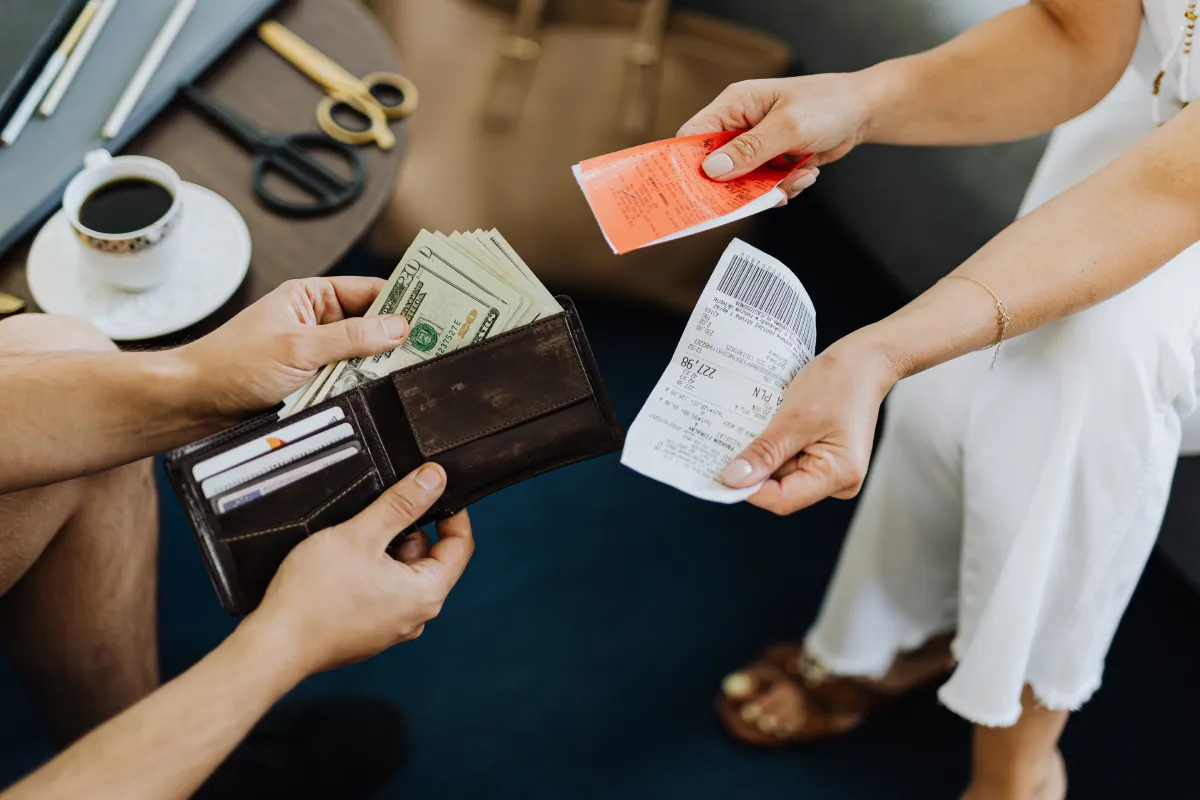Many people live paycheck to paycheck, but it’s possible to break free of this trap. You just need to change your habits and make savings a priority.
The first step is tracking your spending. This can be as easy as pencil and paper or a spreadsheet, or you can use a free spending tracker or app.
2. Stay in on the weekends
During the week, you can keep your budget on track by staying in and avoiding shopping temptations. But weekends can be a lot more costly, between spending on social activities and running errands.
Try to stay in on the weekend and save money by:
3. Skip happy hour
Even if your restaurant has food specials, live music, and a huge crowd, happy hour isn’t going to make your business any money. So skip it, and invite some friends over to play a game of board games instead. It’s an excellent way to break the ice and start a conversation without spending much at all. You can also find fun games on Craigslist.
4. Sell things on Craigslist
Selling on Craigslist can be a great way to turn your excess inventory into cash. It also allows you to avoid shipping costs, and sales can happen quickly.
It’s important to meet buyers in a public place where you can be safe, like at a police station or Starbucks. Also, make sure you take someone with you if necessary.
Be sure to post clear and detailed pictures of the items you sell. This will make them more attractive to potential buyers.
5. Try a meal-planning app
Americans waste over $1,800 a year on unused groceries. With a meal-planning app, you can cut back on this unnecessary spending.
Paprika allows you to save recipes from the web, creates customizable grocery lists and consolidates ingredients when necessary. It also lets you add pantry items to your meals and track prices so that you stay on budget. It’s also free to download.
6. Track your spending
One of the best ways to save money each month is to track your spending. This can be done in a notebook, spreadsheet, app or by reviewing receipts and credit card statements.
This can help you see where you are spending too much, especially on items like streaming services and dining out. Cutting out unnecessary expenses can save you hundreds of dollars a month.
7. Don’t buy things you don’t need
Buying generic versions of medicine, staple food items, paper products and cleaning supplies can save you big bucks. And when it comes to bigger-ticket items, shopping from October to December can help you rake in the savings.
Reviewing categorized spending reports on your bank statement can reveal subscription services you no longer use or unnecessary purchases you can eliminate. A spending cleanse could save you hundreds of dollars a month.
8. Set goals
If you want to save money, start with specific goals in mind. Whether it’s a vacation, a new car or retirement, having something specific in mind can help you stay on track.
For example, if you’re trying to cut back on eating out, commit to going out one less time a month. This could help you save hundreds of dollars a year!
9. Set up a savings account
Adding money to your savings account each month may help you reach your goals faster. Whether it’s for an emergency fund, a vacation or a new car, the power of interest can make a big difference.
To establish a savings account, visit a bank branch or institution or go online. Compare your options and choose an institution that offers competitive rates.
10. Take the 30-Day Rule
Taking the 30-day rule can help you avoid impulse spending. It forces you to defer a purchase for 30 days, which gives you time to think it over and decide whether it’s something you really need.
Budgeting doesn’t have to be complicated and it doesn’t have to take hours out of your day. Try one of these money-saving hacks to start making headway toward your financial goals.



